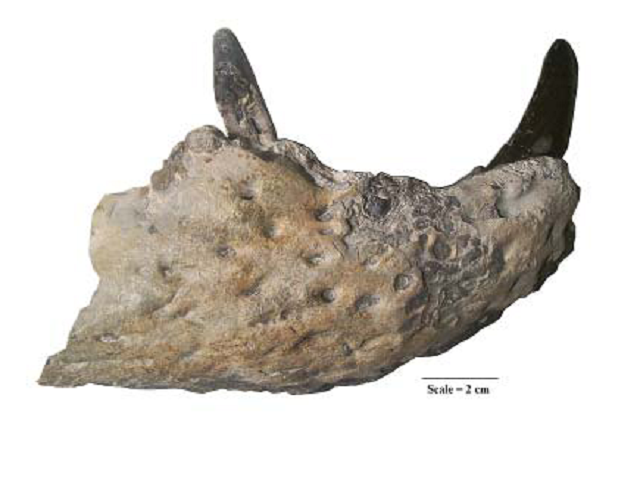TER-QUA 2011 Proceedings: Jeremy B. Stout. 2012. New Material of Borealosuchus from the Bridger Formation, with Notes on the Paleoecology of Wyoming’s Eocene Crocodylians
Keywords:
Crocodile, Borealosuchus, Herpetofauna, PaleoecologyAbstract
The Eocene Green River and Bridger Formations of Wyoming represent lacustrine and fluvial environments noteworthy for an extremely diverse crocodylian fauna (at least eight species in seven genera). This paper discusses a fragmentary crocodylian jaw from the Bridger Formation, and also notes possible ecological partitioning among these sympatric crocodylians. The jaw fragment can be assigned confi dently to Borealosuchus based on the exclusion of the splenial from the mandibular symphysis and the presence of occlusal grooves between the alveoli, and it is referred tentatively to Borealosuchus cf. B. wilsoni. To examine the paleoecology of these crocodylians, variables based on habitat, body size, and inferred diet were formulated and species placed within respective categories. The research found that while there were more sympatric crocodylians in the early to mid Eocene of Wyoming than in any present-day biota, direct interspecifi c competition for resources is presumed to have been relatively low





